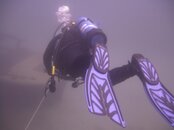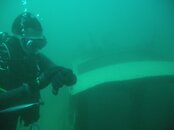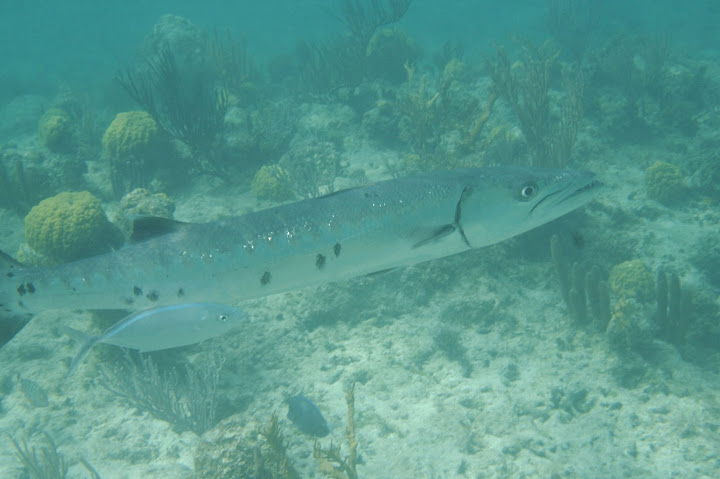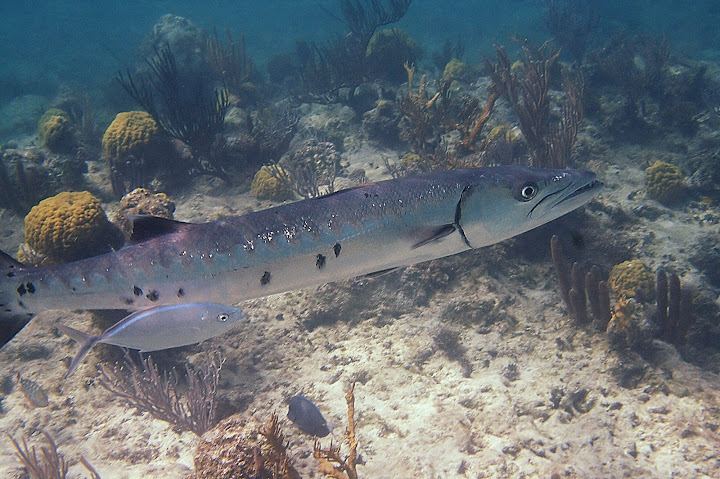CAPTAIN SINBAD
Contributor
What I can see is that the camera was not "white balanced." If it was, then it was auto white balanced instead of manual white balanced. Everytime I dive, I go in with a white slate. Once I determine the depth at which I will be photographing, I point my camera to my white slate and white balance in manually. This removes blue or green from the shot and all colors stand out. If I dont do it then the camera will make everything in varying shades of green and blue.
In order to understand how important it is to white balance manually, look at these pics from Dutch Springs. Same dive! First one was white balanced manually the second one was auto
In order to understand how important it is to white balance manually, look at these pics from Dutch Springs. Same dive! First one was white balanced manually the second one was auto








